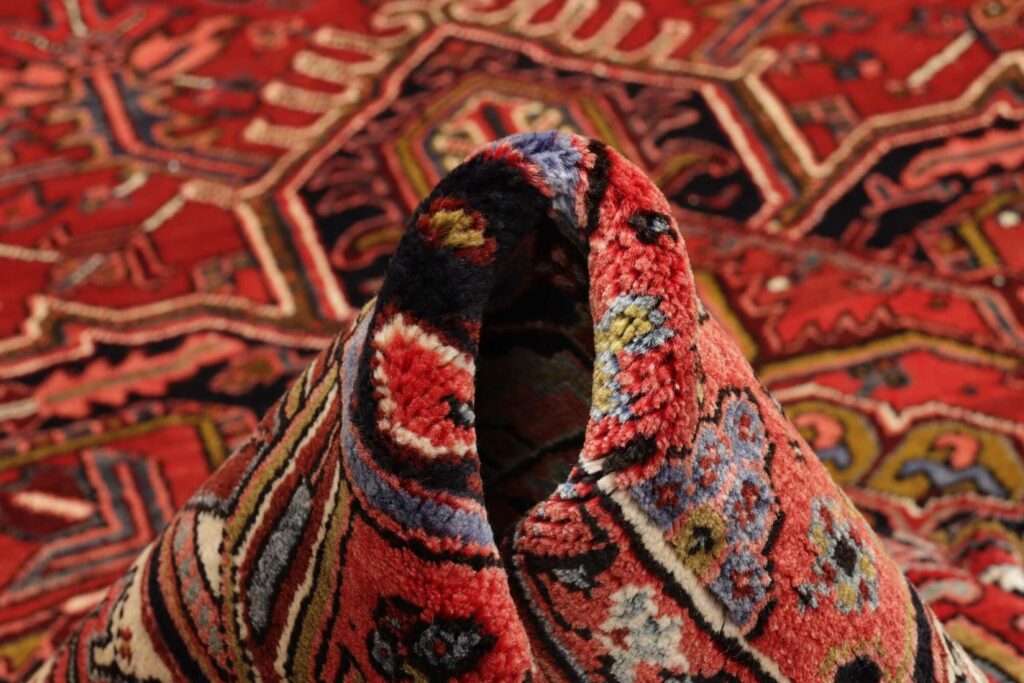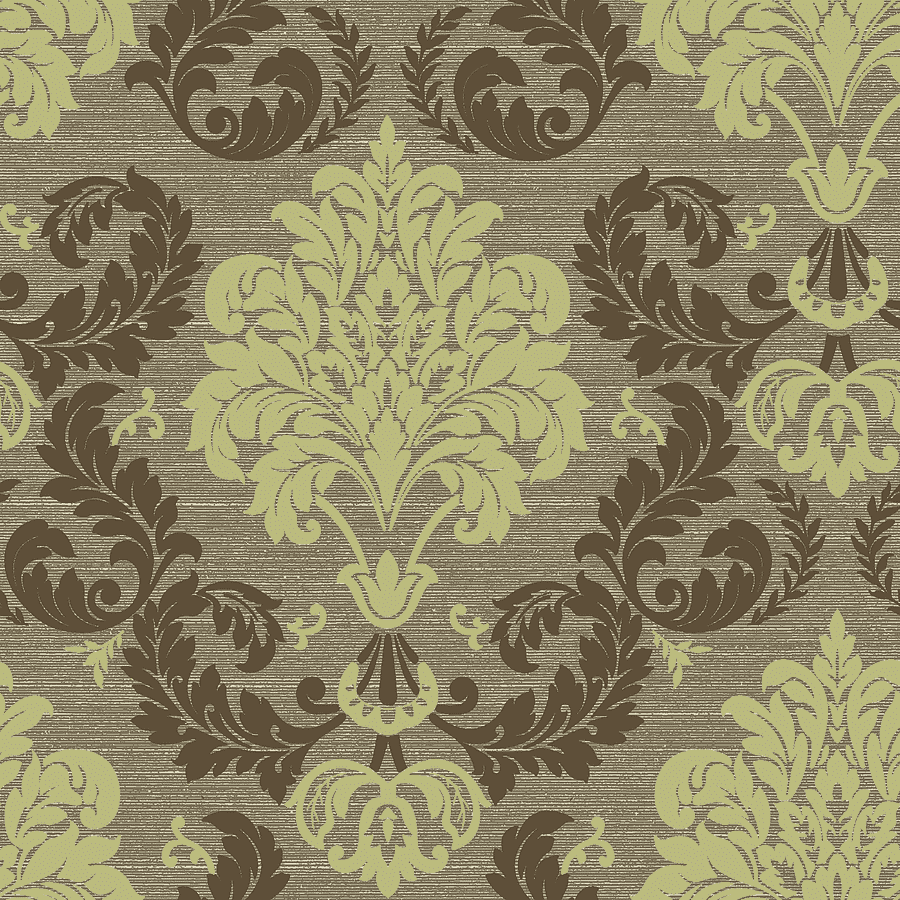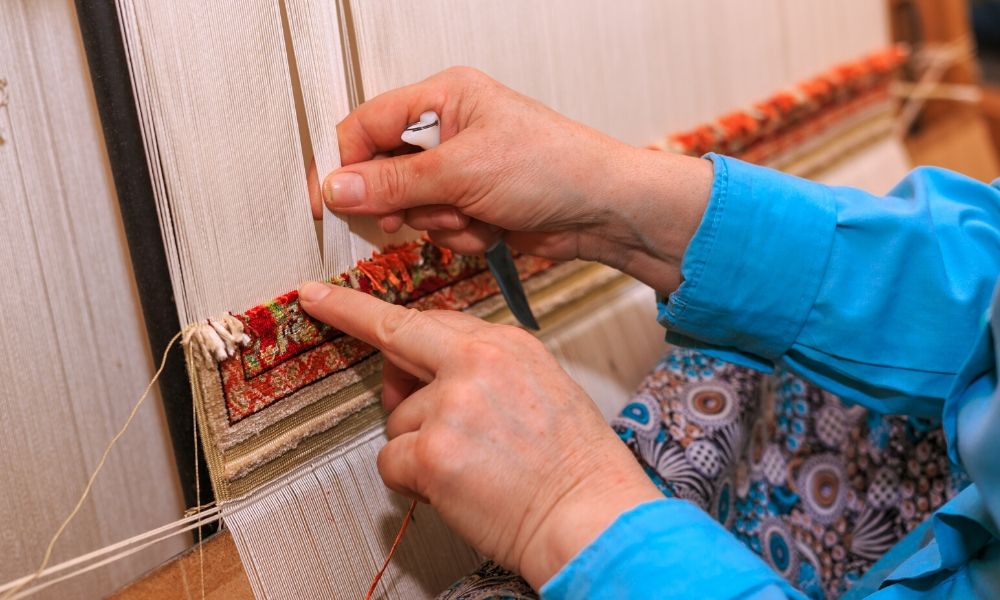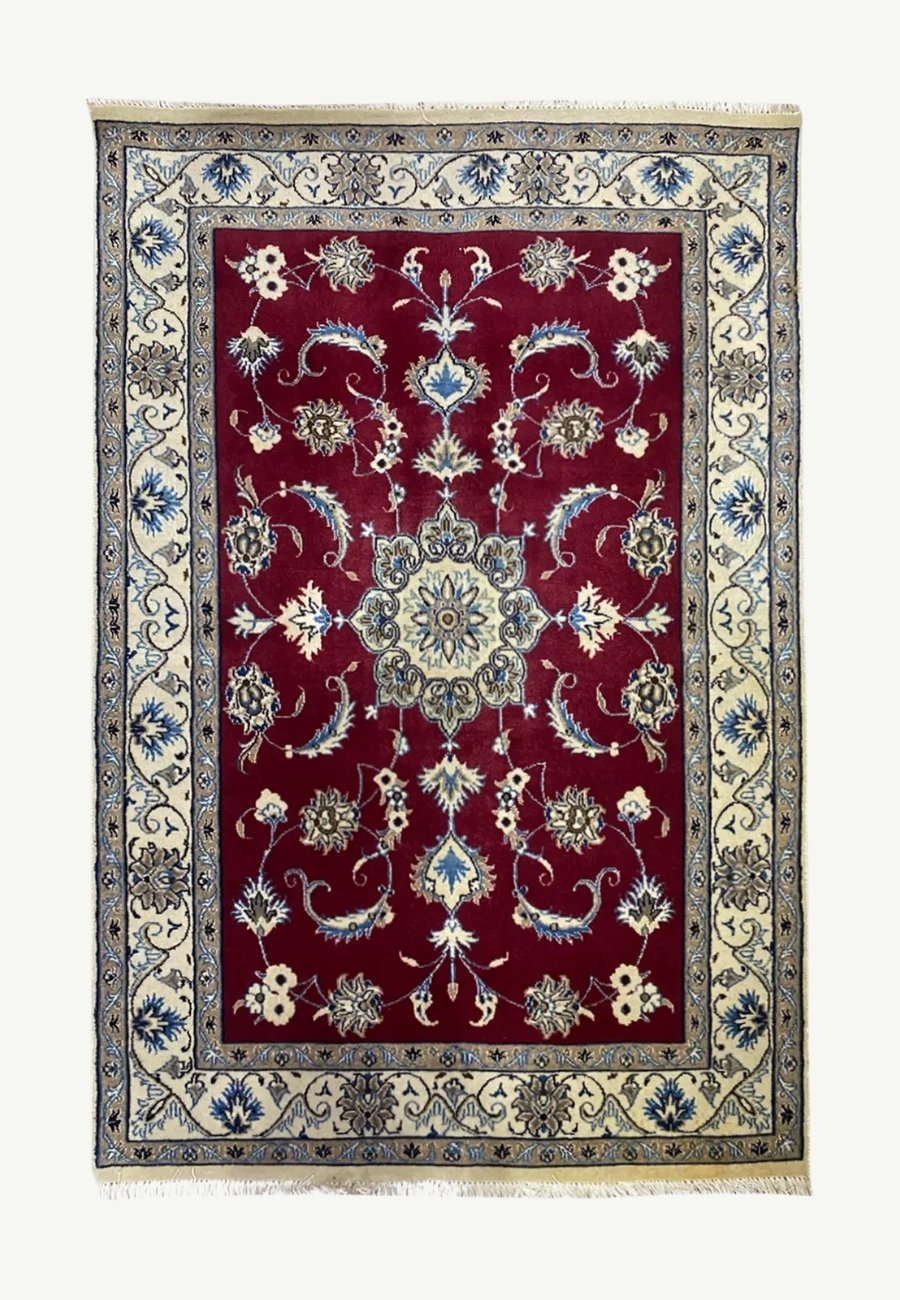Free Shipping All Over Pakistan
Pakistani Carpets
Pak Persian Carpets
5 min

Contents
Increasing demand of Pak Persian Carpets Internationally
In many homes across Pakistan, you’ll find a Pak Persian Carpet quietly resting on the floor, full of detail, history, and meaning. These carpets aren’t just floor coverings, they are handmade pieces of tradition, passed down through families and woven with time and care.
Most of these carpets are made in small towns in cities like: Hyderabad or Lahore where weaving is still a part of daily life. Work together on each piece, sometimes taking weeks or even months to finish one carpet. The tools are simple, but the focus and care that go into every step are what make these carpets special. The weavers follow patterns they’ve known for years, often passed down by their parents or grandparents. Many people don’t realize how much time and effort goes into these Pakistani carpets. What may look simple at first is actually full of small details that only appear when you look closely. These carpets are not made in a rush. They come from steady hands, quiet spaces, and years of learning.
Production of Pak Persian Carpets
The process of production of Pak Persian Carpets is a careful process that takes time, skill, and focus. Each carpet is made by hand, following steps that have been used for generations. From setting up the base threads to tying every knot one by one, nothing is rushed. The tools are simple, but the work is deep. These carpets are not made by machines or shortcuts. They are built by people who know their work well. The whole process can take many weeks or months, depending on the size and detail of the design.

Step 1
Preparing the Loom
Once the design has been chosen and the loom is set up, the next crucial step is selecting the yarn that will be used to bring the carpet to life. The quality and type of yarn used directly impact the look, feel, and durability of the finished carpet. While it may seem like an afterthought, choosing the right yarn is key to ensuring that the colors and textures appear just as they are intended, and that the carpet holds up well over time.
The most commonly used yarns for Pak Persian Carpets are wool, silk, and cotton. Each material has its own unique qualities and uses. Wool is by far the most common yarn, especially for larger carpets. It is chosen because it’s durable, soft, and can be easily dyed in a wide range of colors.

Step 1
Picking a design
Choosing the design for a Pak Persian Carpet is one of the most important and creative steps in the entire process. The design serves as the blueprint for the entire carpet and sets the tone for how the finished product will look. It’s a step that requires careful thought and skill, as the pattern not only defines the appearance of the carpet but also reflects a lot of the culture and history behind it.
The design is typically selected before the weaving starts. In some areas, a carpet’s design might be based on personal preferences known as customized design, local influences, or regional styles. Some designs are influenced by nature, such as flowers, trees, and animals, while others have geometric shapes or abstract patterns.

Step 3
Selecting the Yarn
Once the design has been chosen and the loom is set up, the next crucial step is selecting the yarn that will be used to bring the carpet to life. The quality and type of yarn used directly impact the look, feel, and durability of the finished carpet. While it may seem like an afterthought, choosing the right yarn is key to ensuring that the colors and textures appear just as they are intended, and that the carpet holds up well over time.
The most commonly used yarns for Pak Persian Carpets are wool, silk, and cotton. Each material has its own unique qualities and uses. Wool is by far the most common yarn, especially for larger carpets. It is chosen because it’s durable, soft, and can be easily dyed in a wide range of colors.

Step 4
Rug Knotting
Choosing the design for a Pak Persian Carpet is one of the most important and creative steps in the entire process. The design serves as the blueprint for the entire carpet and sets the tone for how the finished product will look. It’s a step that requires careful thought and skill, as the pattern not only defines the appearance of the carpet but also reflects a lot of the culture and history behind it.
The design is typically selected before the weaving starts. In some areas, a carpet’s design might be based on personal preferences known as customized design, local influences, or regional styles. Some designs are influenced by nature, such as flowers, trees, and animals, while others have geometric shapes or abstract patterns.

Step 5
Trimming and Washing
After months of careful knotting, the carpet still isn’t ready to leave the loom. The surface is uneven, the yarn ends are long, and the colors may look a bit dusty or flat. That’s where this step comes in. Trimming and washing help give the carpet its clean finish, smooth texture, and true color.
Trimming is the first part. Once the carpet is fully knotted, the weaver uses special scissors or shears to cut the yarn pile to an even height across the whole surface. After all the work done by hand, the surface collects dust, loose threads, and leftover dye. The carpet is taken off the loom.
Importance of Pak Persian Carpets
Pak Persian Rugs are an important part of the handmade carpet world. They are known for their fine detail, traditional style, and long-lasting quality. These carpets are made by hand, using skills that have been passed down for many years.
These carpets are special because they mix two deep traditions Persian patterns and Pakistani weaving methods. The designs often show flowers, borders, and balanced shapes. Some are based on old drawings or patterns that have been used for centuries. This mix of styles gives each carpet a strong cultural value and makes it different from other types. In many homes, Pak Persian Carpets are not only used on the floor but also kept in safe places. People respect them for their design, quality, and meaning. The colors and patterns add a calm and balanced look to rooms, which is why they are often placed in important areas of a house.
They are also made to last a long time. When used with care, a single carpet can stay in good shape for decades. This makes them something people often pass on to the next generation. Their strength comes from good materials, careful weaving, and tight knotting. Pak Persian Carpets also support a lot of people in Pakistan. Many families are involved in weaving and finishing these carpets. The work helps them earn and keeps their traditional skills alive.
In simple words, Pakistani carpets are important because of their design, use, history, and the people behind them.
Collection of Pak Persian Carpets
Handmade
Rich
$ 780 Original price was: $ 780.$ 650Current price is: $ 650.

